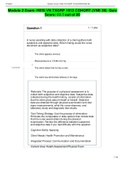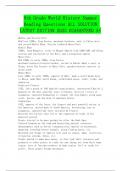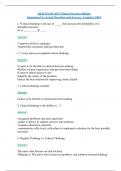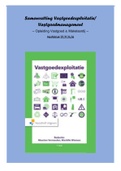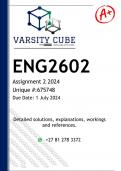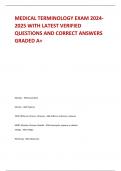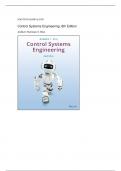Examen
Solution Manual For Thermodynamics An Engineering Approach 10th Edition by Cengel Chapter (1-18)
- Cours
- Établissement
- Book
Solution Manual For Thermodynamics An Engineering Approach 10e Cengel Chapter(1-18).pdf SOLUTIONS MANUAL Thermodynamics: An Engineering Approach 10th Edition Yunus A. Çengel, Michael A. Boles, Mehmet Kanoğlu McGraw-Hill, 2023 Table Of Contents Chapter 1) Introduction and Basic Concepts...
[Montrer plus]




